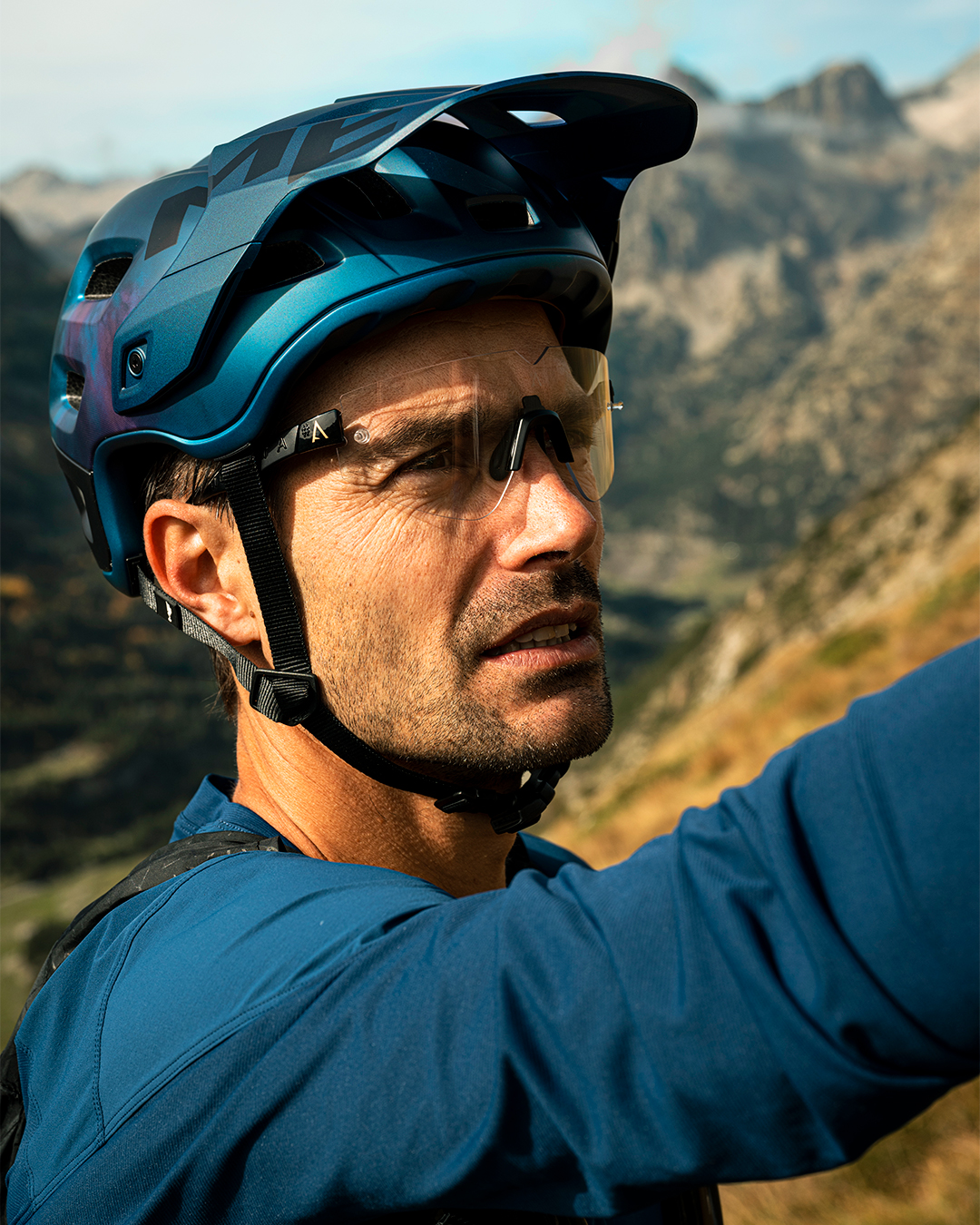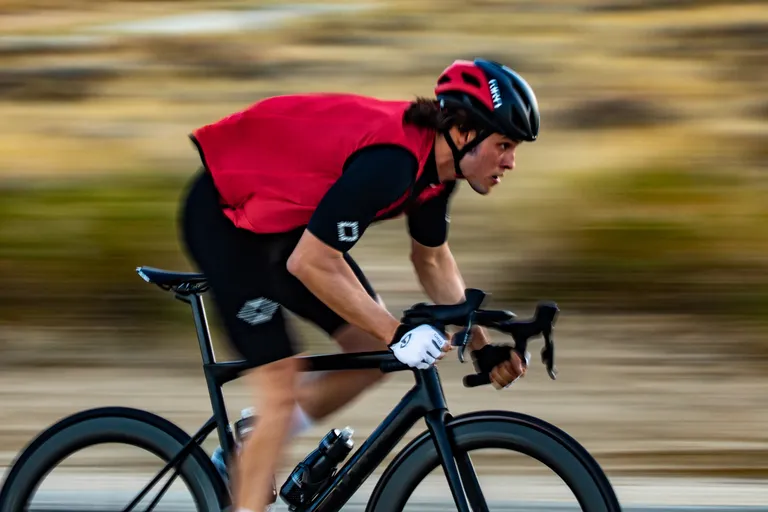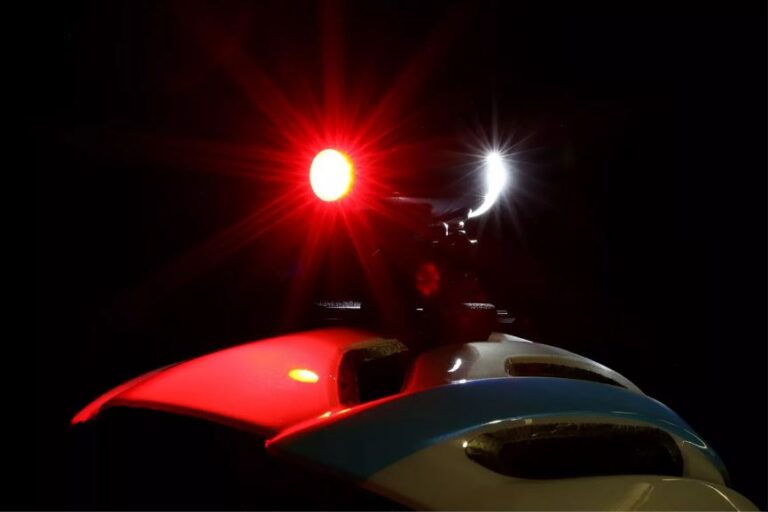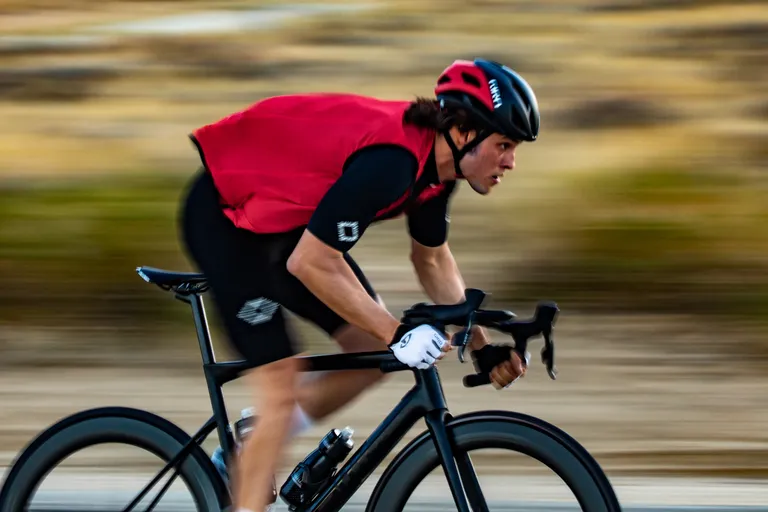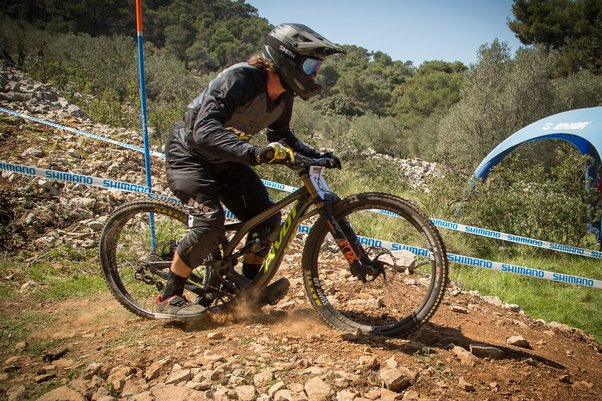Helmet Strap Adjustment for MTB: Ensuring Your Ride is Safe and Comfortable

Key Point Summary of Helmet Strap Adjustment for MTB:
- Proper Fit is Crucial: Ensure your helmet sits snugly on your head without being too tight.
- Strap Adjustment Technique: Learn the correct way to adjust the straps for optimal security and comfort.
- Checking for Correct Fit: Perform regular checks to ensure the helmet hasn’t loosened over time.
- Impact on Safety and Comfort: Understand how a well-adjusted helmet can prevent injuries and enhance your riding experience.
As a masters cyclist with a wealth of experience racing and riding across various disciplines – mountain bikes, gravel bikes, and cyclocross – I’ve learned a thing or two about the importance of proper gear. And if there’s one piece of advice I can give to beginner and mid-level cyclists, it’s this: never underestimate the importance of properly adjusting your helmet straps. It might seem like a minor detail, but it can significantly impact your safety and comfort on the trail.
The Importance of a Perfect Fit
First off, let’s talk about why helmet strap adjustment is not just a matter of comfort but of safety. A helmet that’s too loose can easily come off during a crash, leaving you unprotected at the worst possible moment. Conversely, straps that are too tight can cause headaches and distraction. Finding that sweet spot is essential.
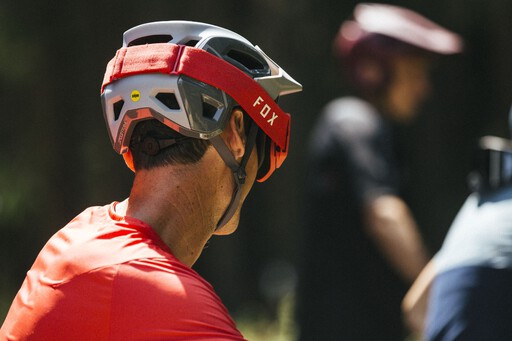
Getting It Just Right
Adjusting your helmet straps correctly is a skill worth mastering. Here’s how I do it:
- Position the helmet correctly on your head: The helmet should sit level, covering most of your forehead, not tilted back or too far forward. There should be about two fingers’ width above your eyebrows.
- Adjust the side straps: The goal is to form a “V” shape under and slightly in front of each ear. This can be tricky at first, but once you get it, it’s like riding a bike – you’ll never forget.
- Buckle and tension the chin strap: After the “V” is in place, buckle the chin strap. The strap should be snug against your chin, allowing you to barely fit one finger between the strap and your skin.
I remember a race a few years back where my helmet was slightly off in adjustment. Mid-race, it began to wobble, and it was all I could think about. It was a stark reminder of how something as simple as strap adjustment could throw off your game.
Regular Checks Are Key
It’s easy to set and forget, but helmet straps can loosen over time, especially after a few bumps and jostles common in mountain biking. Make it a habit to check your straps before each ride. A quick pull and tug should tell you if adjustments are needed.

The Impact on Your Ride
A well-adjusted helmet does more than protect your head. It instills confidence. There’s a palpable difference in how you ride when you’re not worried about your helmet. You’re more focused, more in tune with the trail, and yes, even a bit faster.
Learning from Mistakes
I’ve had my share of mishaps due to poorly adjusted helmets. There was this one time on a particularly technical descent when my helmet slipped over my eyes. Needless to say, I had a closer inspection of the trail than I’d bargained for. It was a light-hearted moment in retrospect, but it hammered home the importance of a well-fitted helmet.
Comfort Can’t Be Overstated
Beyond safety, there’s the matter of comfort. A helmet that sits just right feels like an extension of you. You’ll find yourself tackling longer rides, pushing yourself further, and enjoying every moment on your bike.

To Wrap It Up
Adjusting your helmet straps might seem like a small, perhaps even mundane task compared to the thrill of mountain biking. But it’s these little things that make a big difference. Take the time to get it right, and your mountain biking experience will be all the better for it.
Safety is paramount, but so is enjoying the ride. A well-adjusted helmet helps you do both. So, before you hit the trails, take a moment to check your helmet. It’s a simple step that goes a long way in ensuring your MTB adventures are safe and enjoyable.
Selecting the best model of MTB helmet can be subjective, as it largely depends on individual needs, preferences, and the specific type of mountain biking you’re into (e.g., cross-country, trail, enduro, or downhill). However, here are some top-rated models that consistently receive high marks from both users and experts in the field:
- Troy Lee Designs A2 MIPS: Renowned for its comfort and advanced ventilation system, this helmet also incorporates MIPS technology for added rotational impact protection. It’s a great choice for trail and enduro riders.
- POC Tectal Race SPIN: Offering a deep coverage design, POC’s SPIN technology (similar to MIPS) for reducing rotational forces, and excellent ventilation, the Tectal Race is ideal for aggressive trail riding and enduro races.
- Bell Super 3R MIPS: This model stands out for its versatility, featuring a removable chin bar that makes it suitable for everything from cross-country rides to more aggressive downhill sessions. It also includes MIPS for added protection.
- Fox Racing Speedframe Pro MIPS: The Speedframe Pro has quickly become a favorite for its balance of performance, comfort, and protection at a competitive price point. With MIPS, a 360-degree fit system, and ample ventilation, it’s suited for a wide range of mountain biking activities.
- Specialized Ambush with ANGi: This helmet offers extended coverage, MIPS SL—a lighter version of MIPS for less intrusiveness—and ANGi, a crash sensor that alerts emergency contacts if an accident occurs. It’s lightweight and highly ventilated.
- Smith Forefront 2 MIPS: Known for its lightweight Aerocore construction and Koroyd material for enhanced impact absorption and ventilation, the Forefront 2 is a top choice for riders seeking innovative safety features and design.
When choosing a helmet, it’s crucial to consider the type of riding you do, the fit and comfort of the helmet on your head, and any specific features you value, such as a visor, adjustability, or compatibility with glasses and goggles. Always try on helmets before purchasing if possible, to ensure the best fit and comfort for your head shape and size.
John
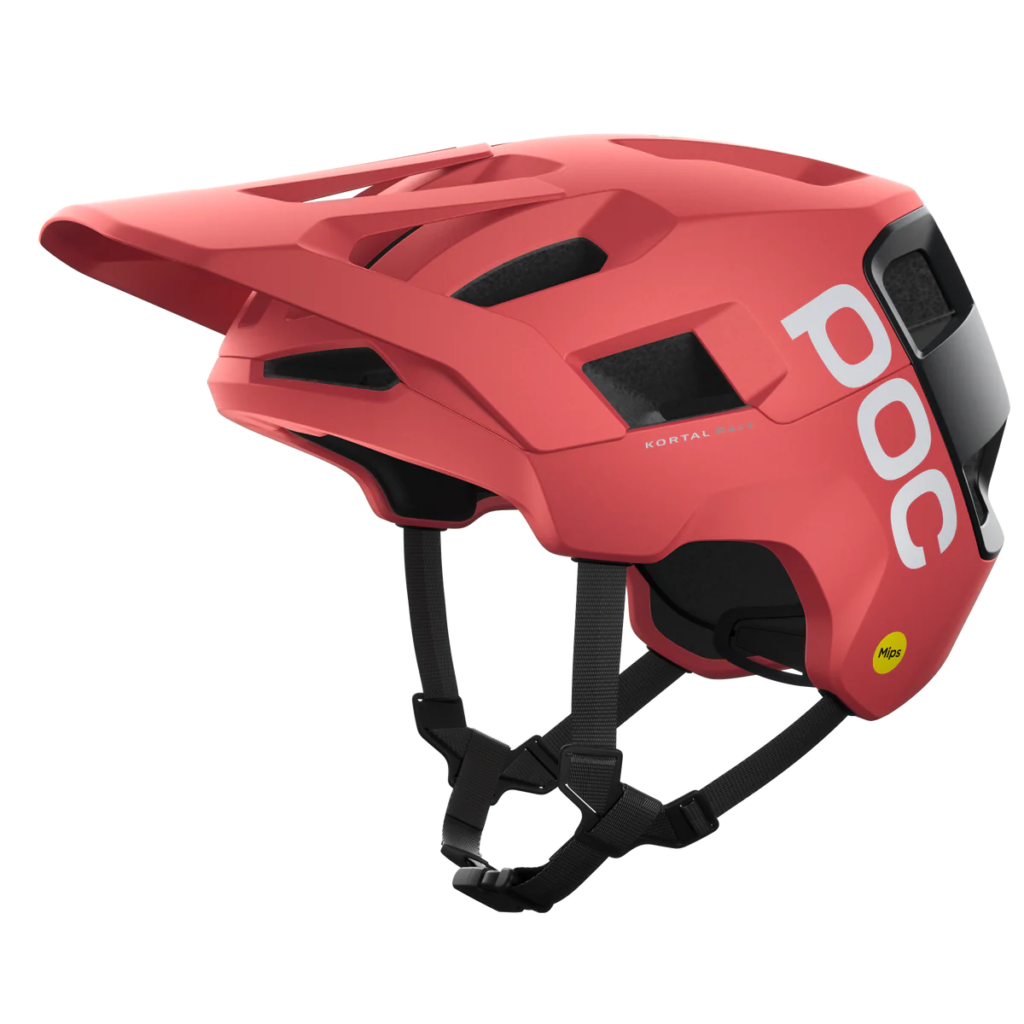


FAQ
How tight should a helmet strap be?
The helmet strap should be tight enough that you can only fit one or two fingers between the strap and your chin. It should be snug without causing discomfort.
How do you tighten a helmet strap?
To tighten a helmet strap, pull on the end of the strap through the buckle to your desired tightness. Ensure the “V” straps around each ear are properly adjusted, then secure the excess strap.
How do you shorten a bike helmet strap?
Shorten a bike helmet strap by adjusting the sliders up or down near the ears to tighten the “V” around them, then pull the excess strap through the chin buckle. Trim any excess strap carefully, if necessary, leaving enough to grab for adjustments.
How do you extend a bike helmet strap?
Extend a bike helmet strap by loosening the buckle and pulling the strap through to increase length. Adjust the sliders near the ears if needed to ensure a comfortable fit around them.
